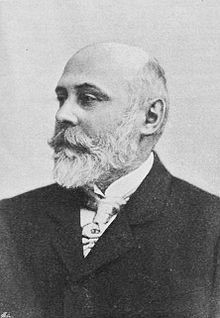Lechner, Ödön
 |
|
| Name: | Lechner, Ödön |
| Alternative Names: |
Eugen Lechner |
| Gender: | Male |
| Birth: | August 27, 1845 Budapest (Hungary) |
| Death: | June 10, 1914 Magyar Köztársaság (Republic of Hungary) |
| Description: |
Ödön Lechner studied architecture in Pest, and later at Berlin's Schinkel Academy. After a tour and study period in Italy, he returned to Pest in 1869 where he founded a successful architectural firm with Gyula Pártos. During the 1870s, they designed a number of apartment buildings on the Pest side of the Danube in a historicist style that combined neo-classical influences from Berlin and the Italian Renaissance. Between 1875 and 1878 he lived in Paris where he was influenced by the art nouveau style. In 1879, Lechner returned to Hungary and, after a trip to London between 1889 and 1890, his style moved away from the Historicist matrix to embrace the Hungarian Secession movement, which was related to Art Nouveau in the rest of Europe. Lechner typically decorated his buildings with terracotta and Zsolnay ceramic tile patterns inspired by old Magyar and Turkic as well as Indian and Persian folk art. He combined these folk references with the use of modern materials such as iron. One of Lechner's most renowned works is the Postal Savings Bank (the headquarters of the National Bank of Hungary today) which he completed in 1901. The building combines art nouveau influences with Hungarian motifs and Asian forms. |
| Structures: |
 Pavilion of Hungary Pavilion of Hungary |
| Places: |
 Budapest (Hungary) Budapest (Hungary) Magyar Köztársaság (Republic of Hungary) Magyar Köztársaság (Republic of Hungary) |
| Photographs: |
Lechner, Odon_ritratto | Lechner, Odon_portrait
|



